Increased Focus on Health and Wellness
The outdoor furniture market is significantly influenced by the rising focus on health and wellness among European consumers. As individuals become more health-conscious, there is a growing trend towards outdoor activities and relaxation in natural settings. This shift encourages investments in outdoor furniture that promotes comfort and well-being, such as ergonomic seating and shaded areas for relaxation. The market is projected to grow by approximately 6% as consumers prioritize outdoor spaces for physical activities and mental health benefits. This trend suggests that outdoor furniture is not merely a functional purchase but also an integral part of a healthier lifestyle.
Technological Advancements in Manufacturing
Technological advancements play a crucial role in the outdoor furniture market, particularly in Europe. Innovations in materials and production processes have led to the development of more durable and weather-resistant furniture. For instance, the introduction of advanced synthetic materials has enhanced the longevity and maintenance of outdoor furniture, appealing to environmentally conscious consumers. Furthermore, automation in manufacturing processes has reduced production costs, allowing for competitive pricing. This technological evolution is expected to contribute to a market growth of around 4.8% over the next five years, as manufacturers adapt to consumer preferences for high-quality, sustainable products.
Influence of Social Media and Lifestyle Trends
The outdoor furniture market in Europe is increasingly shaped by the influence of social media and lifestyle trends. Platforms such as Instagram and Pinterest have popularized outdoor living aesthetics, inspiring consumers to curate their outdoor spaces. This visual marketing approach has led to a heightened demand for stylish and trendy outdoor furniture. As a result, manufacturers are responding by offering a diverse range of products that cater to various design preferences. The impact of social media on consumer behavior is likely to drive market growth by approximately 5% as individuals seek to replicate aspirational outdoor settings showcased online.
Rising Consumer Interest in Outdoor Living Spaces
The outdoor furniture market in Europe experiences a notable surge in consumer interest towards enhancing outdoor living spaces. This trend is driven by a growing desire for leisure and relaxation in private gardens, balconies, and patios. As urbanization increases, many individuals seek to maximize their outdoor areas, leading to a projected growth rate of approximately 5.5% annually in the outdoor furniture market. Consumers are increasingly investing in quality outdoor furniture that complements their lifestyle, reflecting a shift towards outdoor entertaining and socializing. This evolving consumer behavior indicates a robust demand for aesthetically pleasing and functional outdoor furniture, which is likely to continue shaping the market landscape in the coming years.
Government Initiatives Promoting Sustainable Practices
Government initiatives aimed at promoting sustainability are significantly impacting the outdoor furniture market in Europe. Various countries are implementing regulations and incentives to encourage the use of eco-friendly materials and production methods. This regulatory environment is fostering a shift towards sustainable practices among manufacturers, who are increasingly adopting environmentally responsible sourcing and production techniques. As a result, the market is witnessing a growing demand for sustainable outdoor furniture, which is projected to grow by around 4.5% in the coming years. This trend not only aligns with consumer preferences but also supports broader environmental goals.


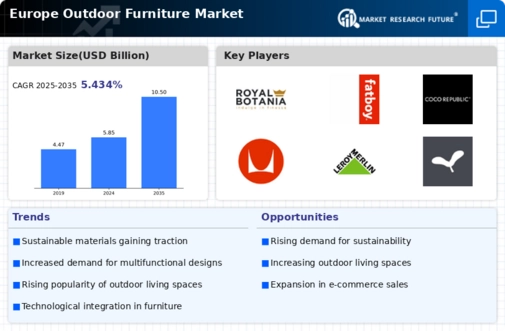

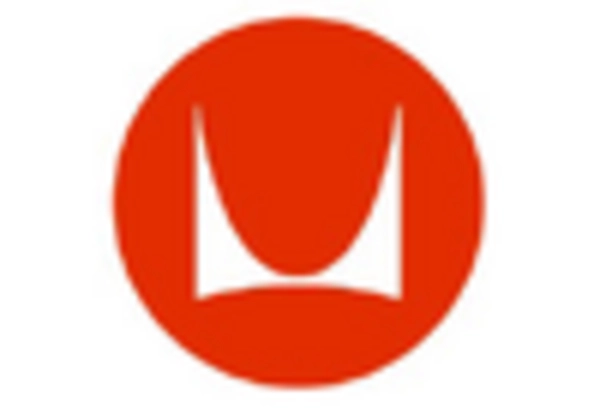

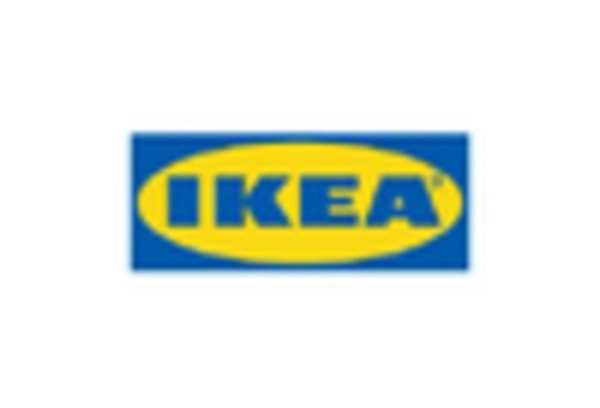
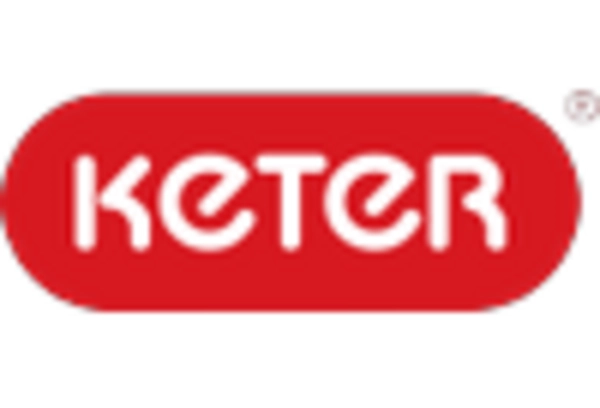

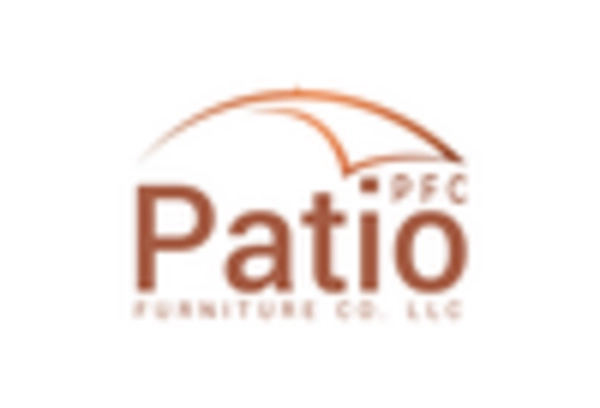








Leave a Comment